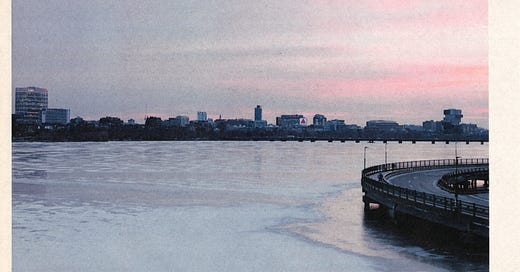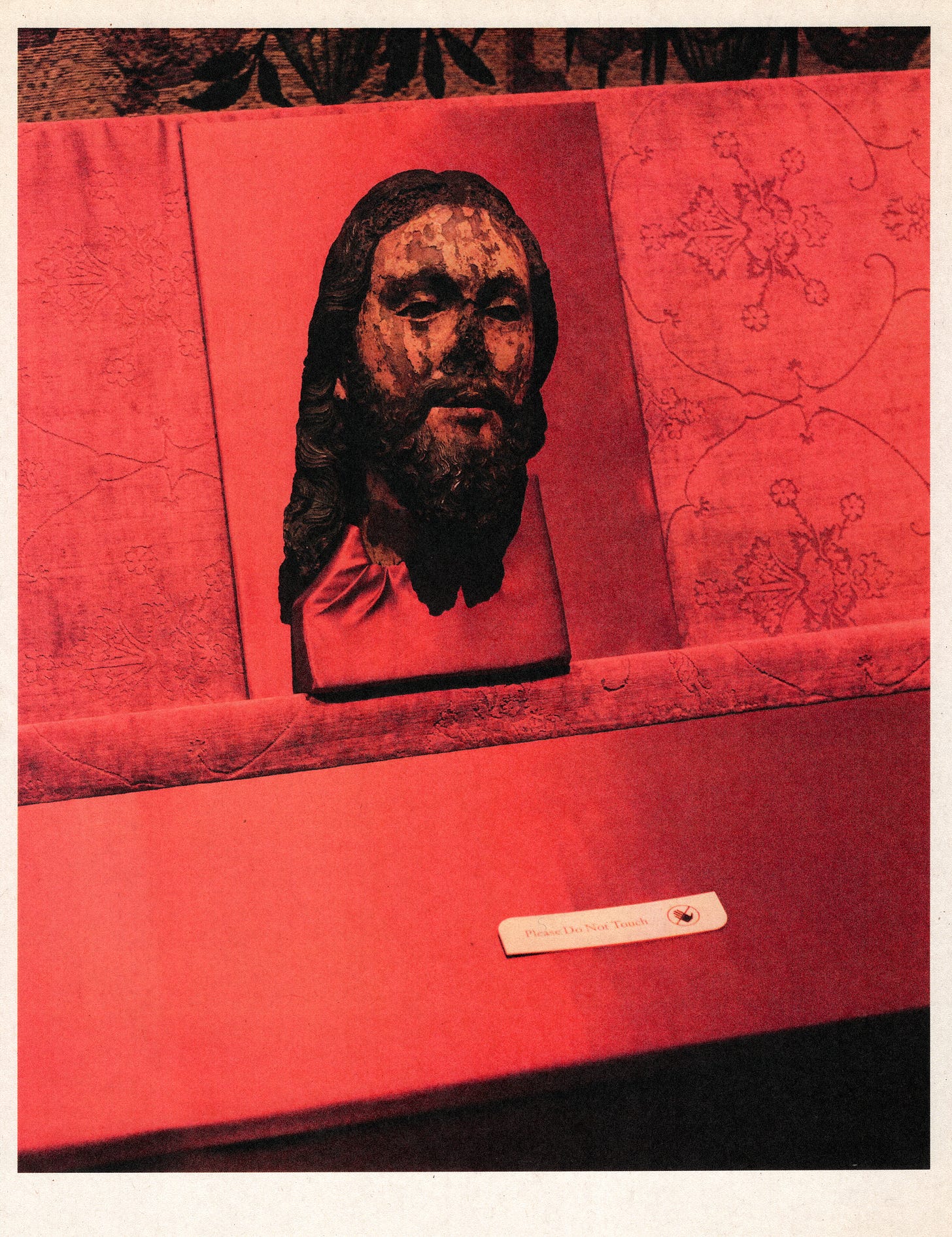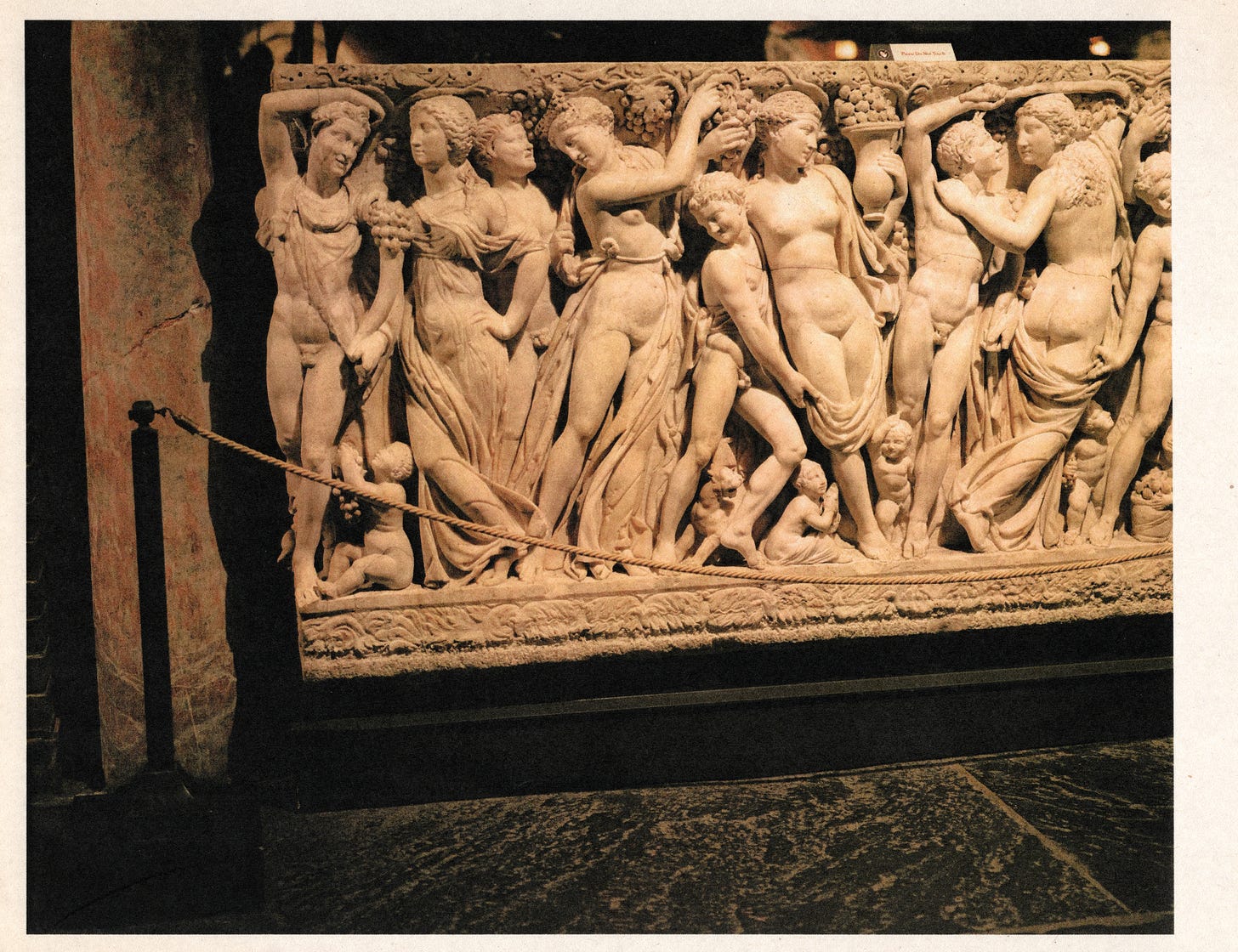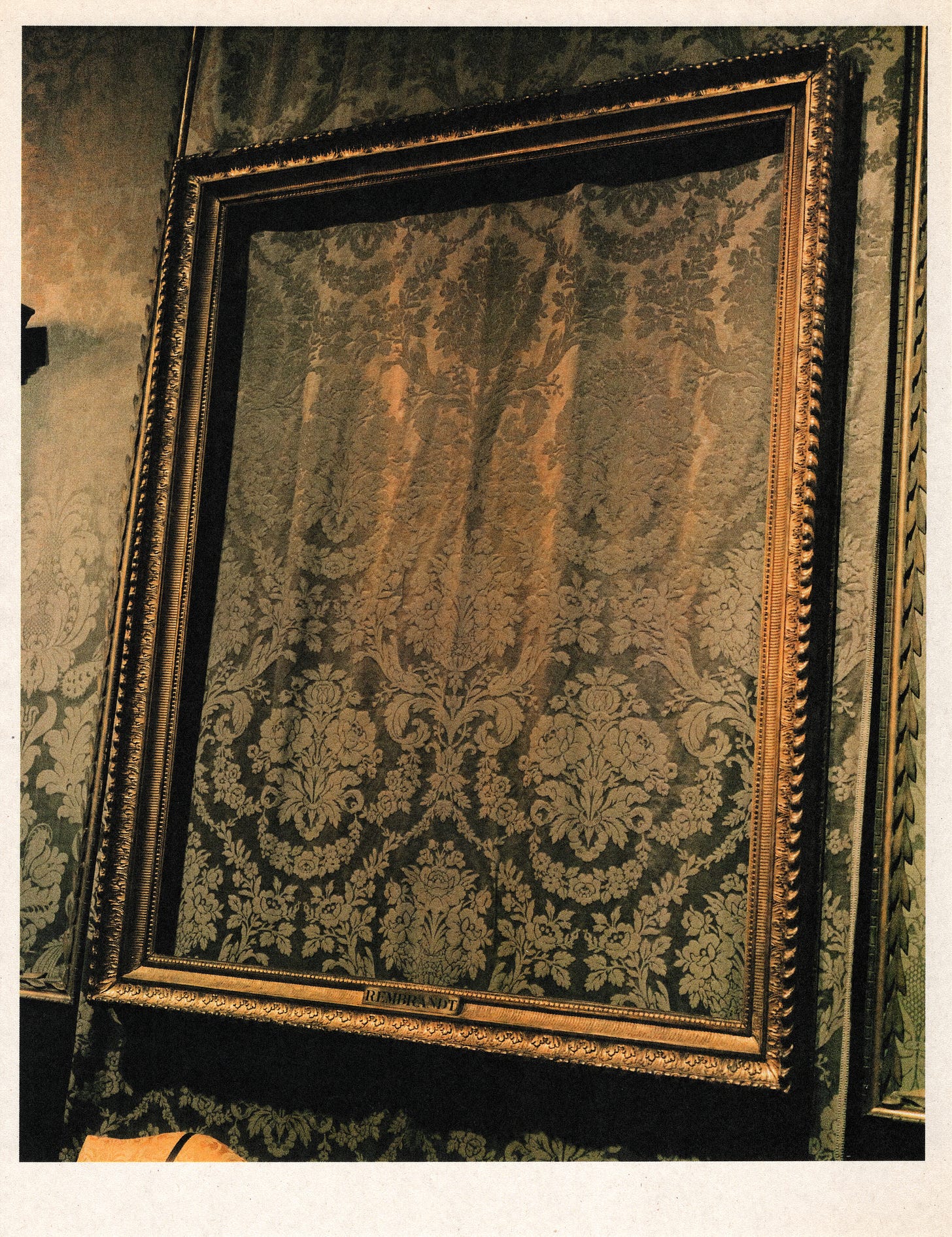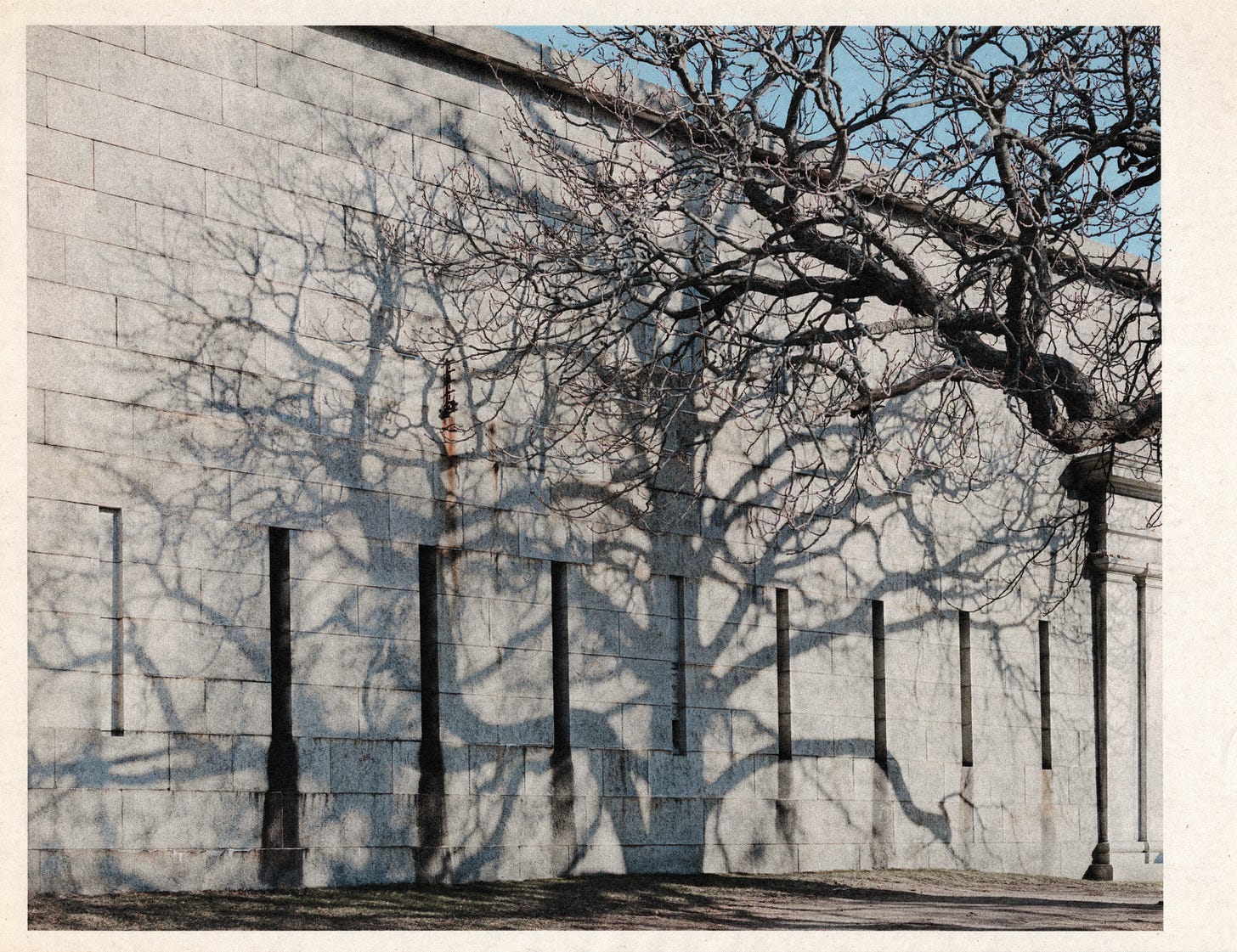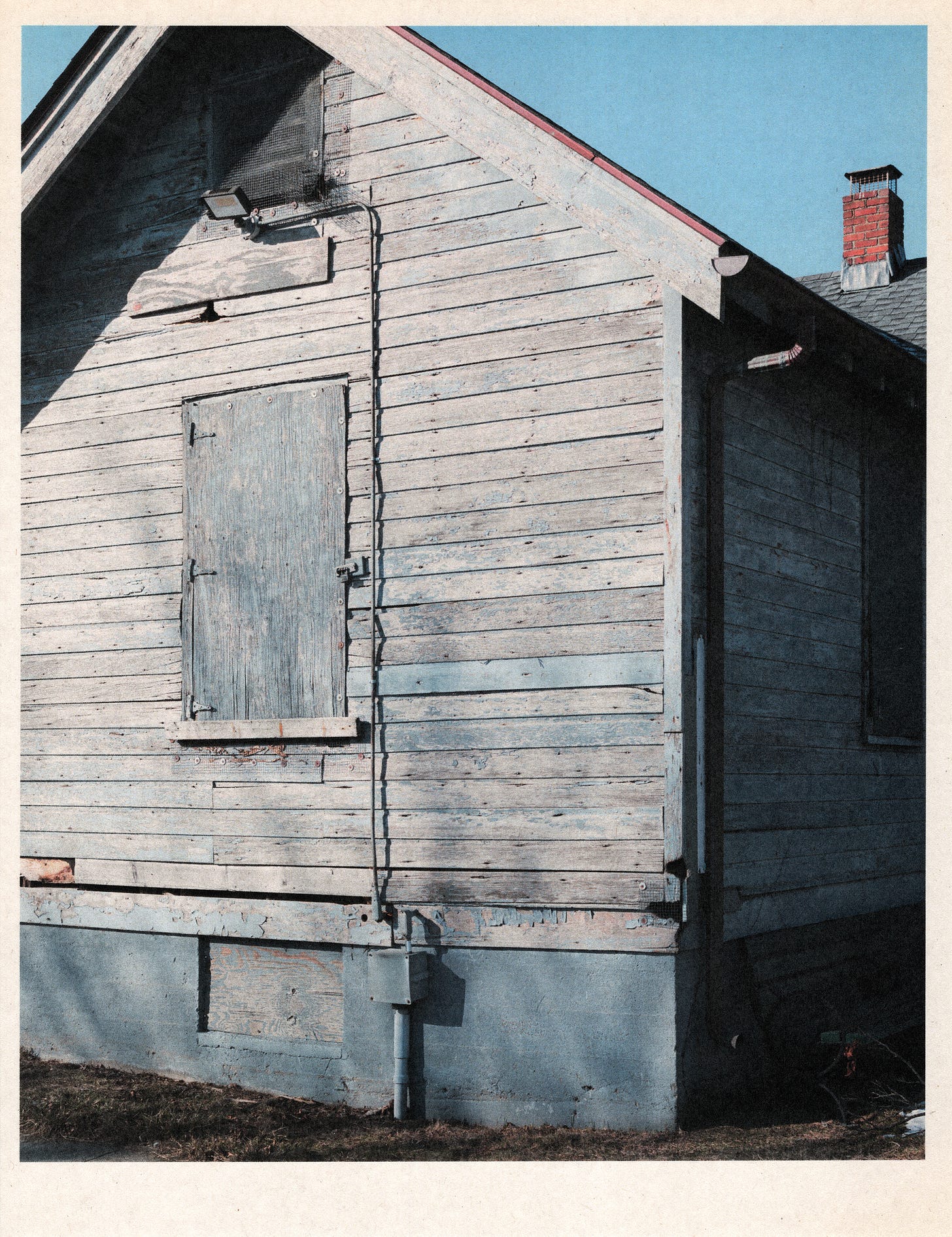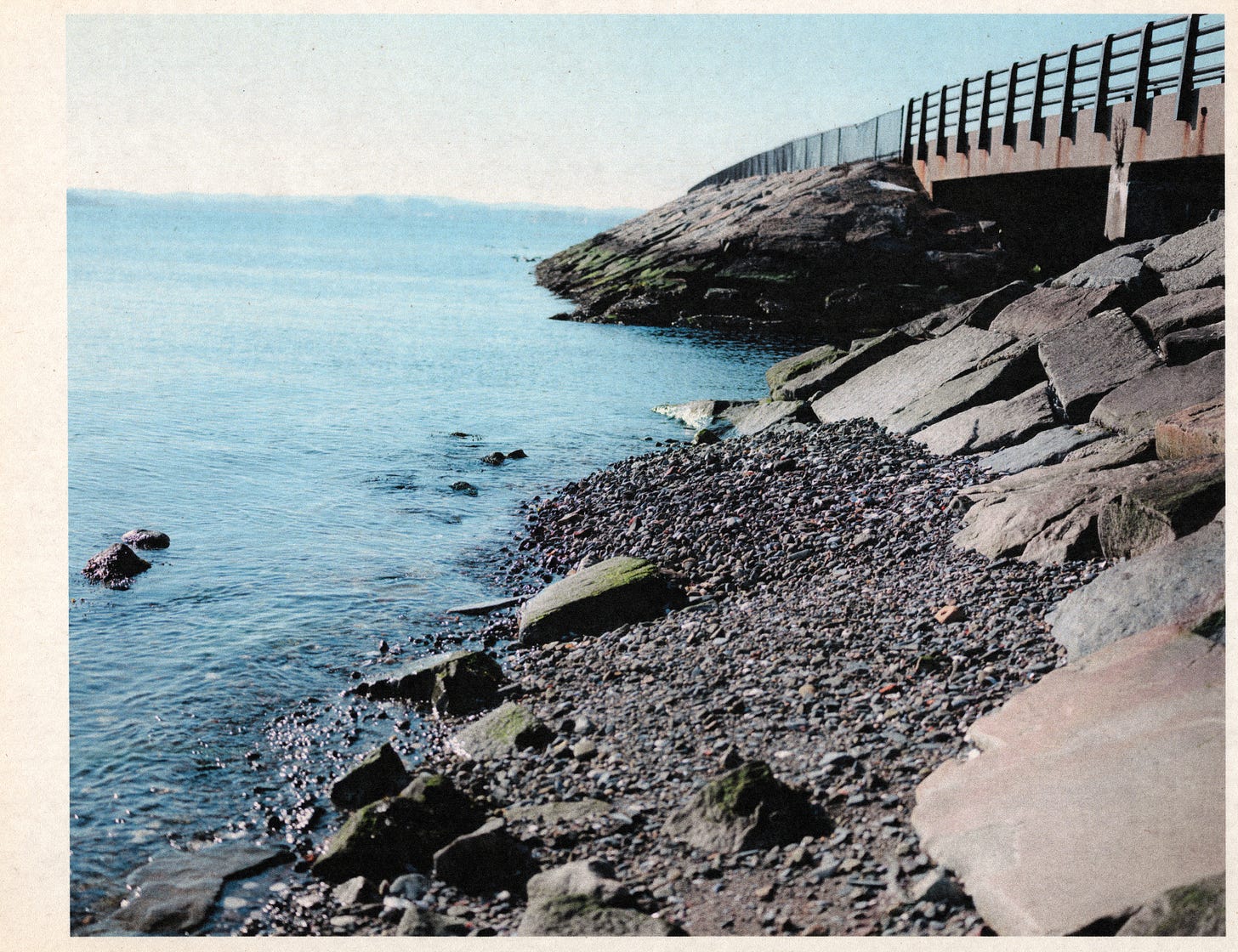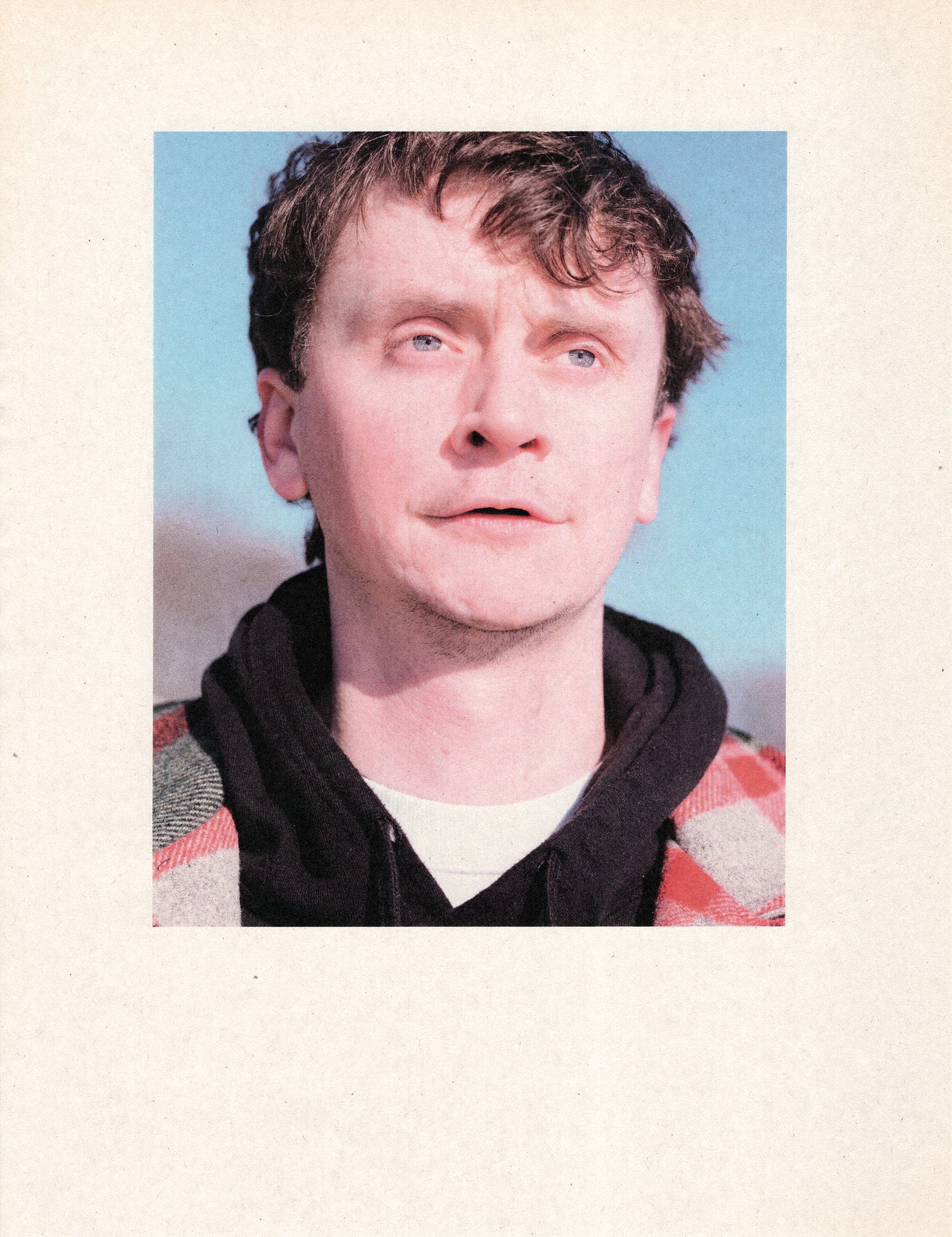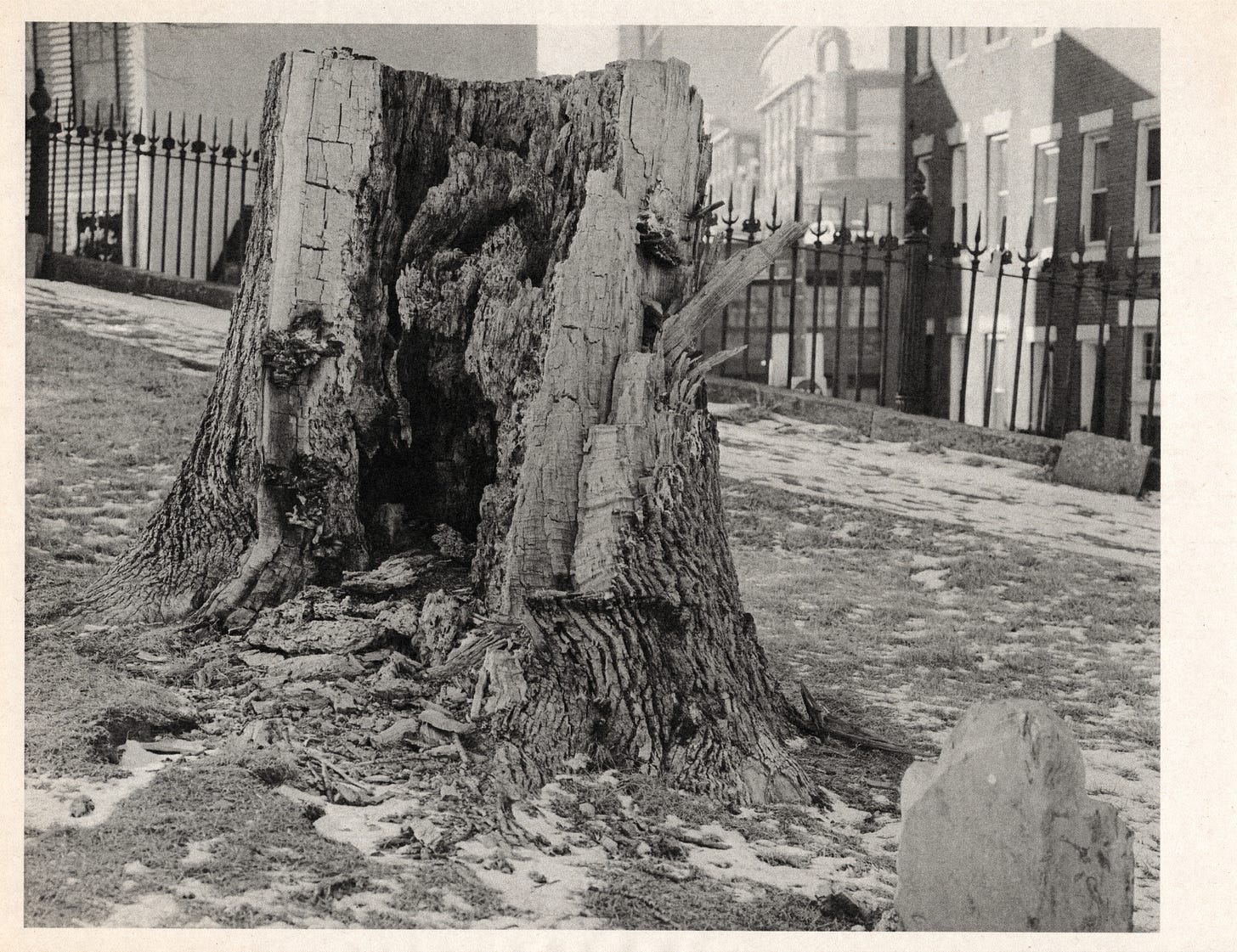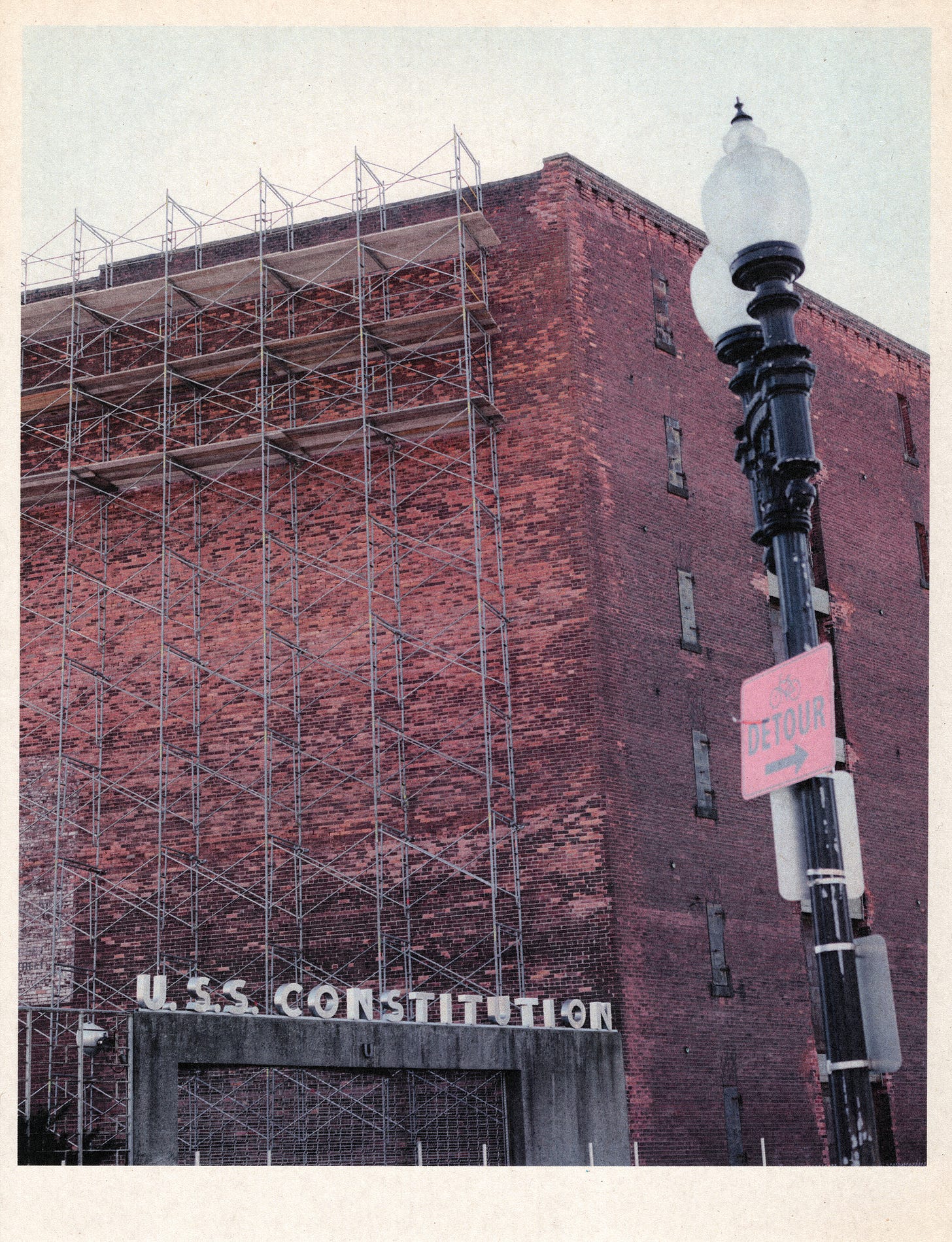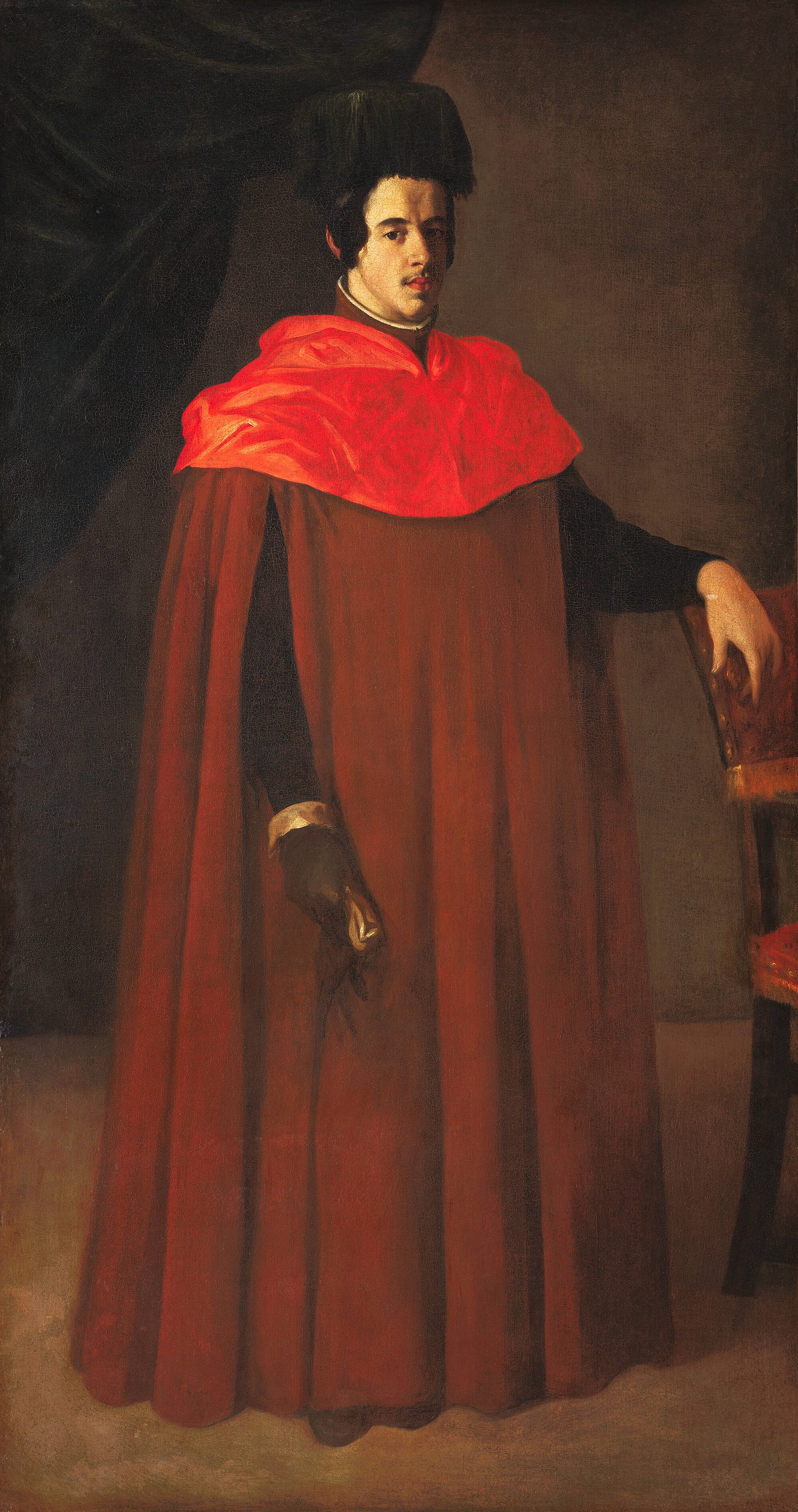I stand feet from the canvas and stare straight ahead. The red of the painted man’s cape is the brightest color in the gallery. My back is to the planned spot of the proposal, the couple has just walked in from the stairwell, and I hug my camera close to my chest. The man in front of me, the Spanish doctor of law Juan de la Lanza, looks into the dimly lit room with focused ambivalence. I imagine him looking on as the Rembrandt hung next to him is stolen in 1990 by two men posing as cops. The frame of the stolen painting still remains, empty, to de la Lanza’s left.
I hear Mike and Izzy’s footsteps move through the room and pause in the spot where, as he told me weeks prior, Mike will kneel and pull a ring from his pocket. This spot is directly opposite Juan de la Lanza, across the room. I am standing in front of the painting as not to distract from such an intimate moment – I will turn with my camera only when necessary.
I learn later that the man in the red cape might not be Juan de la Lanza at all. The painter, Francisco de Zurbarán, was much better known for his work with the church than anything else, painting religious scenes and portraits of prominent monks and nuns throughout Spain. This painting, possibly a private commission, found its way to Boston with little surviving story of its creation and depicted subject. The only reference citing Juan De Lanza as the true Doctor of the Law is a short paragraph next to a black-and-white picture in a 1994 French art history textbook.
I glance away from the man in the red cape who may or may not have been Juan de la Lanza, and Mike is already kneeling. I step quickly away, raising my camera and coming to my own agreed upon position. The doctor watches from over my shoulder as the couple embrace and share private words of love. The shutter of my camera opens and closes twenty-three times, making more images than all the paintings hanging in the room around us.

